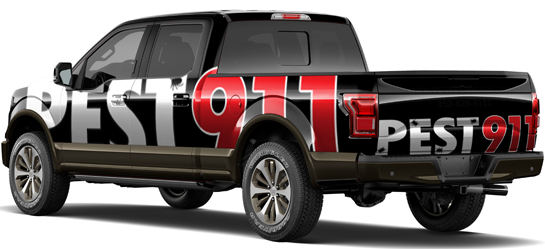Mesh Screens to Keep Insects & Pests Out of Weep Holes, Attic Vents & More in Weirsdale, FL
It doesn’t take much of a gap for pests to make their way inside your home. In fact, common rodents such rats and mice only need a hole the size of a nickel to squeeze through. Most professionals will recommend that as a part of preventative maintenance from pest infestations is to ensure the home is properly sealed. By strengthening the home’s defense, you can significantly reduce the risk of getting pests invading your home. Such suggestions include weather stripping, caulk where appropriate, and covering the ventilation and utility outlets with mesh covers to allow the proper airflow but prevent the pests from intruding. A solid cover, like wood for example, prevents the airflow, which will defeat the purpose of the ventilation, but the mesh covering the utility ports, holes in the eaves, and other ventilation sources is just as efficient without restricting airflow. Hardware cloth offers maximum pest protection over the ventilation outlets and today, we at Pest 911 would like to offer some steps on how you can install these mesh covers over the ventilation outlets of your Central Florida home.
Rodent & Pest Barrier Hardware Cloth & Other Supplies Needed
– Galvanized hardware cloth, (1/8″ x 1/8″ weave mesh is highly recommended)
– Flashlight
– Extension ladder
– Tin or Aviation snips
– Tape measure
– Heavy work gloves
– Hammer
– Galvanized roofing nails
How to Install Pest & Animal Guard Mesh Screens
Step 1: Inventory the ventilation outlets on the roof and structure. To reach high places where the ventilation outlets are such as along the eaves for example, have your extension ladder properly set up and safely ready to use. Before sealing the ventilation outlets, you will want to make sure they are free from debris, pests, and pest nests; check in the ventilation openings with your flashlight to ensure they are clear. You will need to cut the hardware cloth to fit the size so use your measuring tape to measure all of the ventilation openings. Keep in mind you will want to add an additional inch to have room to secure them down. Not that the hardware cloth is commonly available in different sizes including 1/8″, 1/4″, and ½”. The 1/8” is optimal and the ¼” is sufficient, but the ½” is too large and rodents can easily get through the opening. Keep in mind the chicken wire is not hardware cloth and will not work to your benefit as the wire is too thin and the holes too wide.
Step 2: Precut the covers size appropriate for the ventilation outlets. Wearing the heavy work gloves to protect your hands from getting cut and scratched while working, cut the hardware cloth to the sizes you need using the aviation snips or standard tin snips with the measurements you gathered. To prevent sharp protruding ends, make sure to cut closely along the side of a wire.
Step 3: Cover the ventilation openings by installing the mesh. Place the hardware cloth over the ventilation outlet and use the roofing nails to secure the mesh down. Keep the mesh flat against the surface by nailing it down ever 2 to 3 inches along the edges.
Professional Pest Control & Management
Once you have completed securing the rest of your home, call Pest 911 for pest control maintenance or if you facing an infestation and let our technician eliminate the problem.


